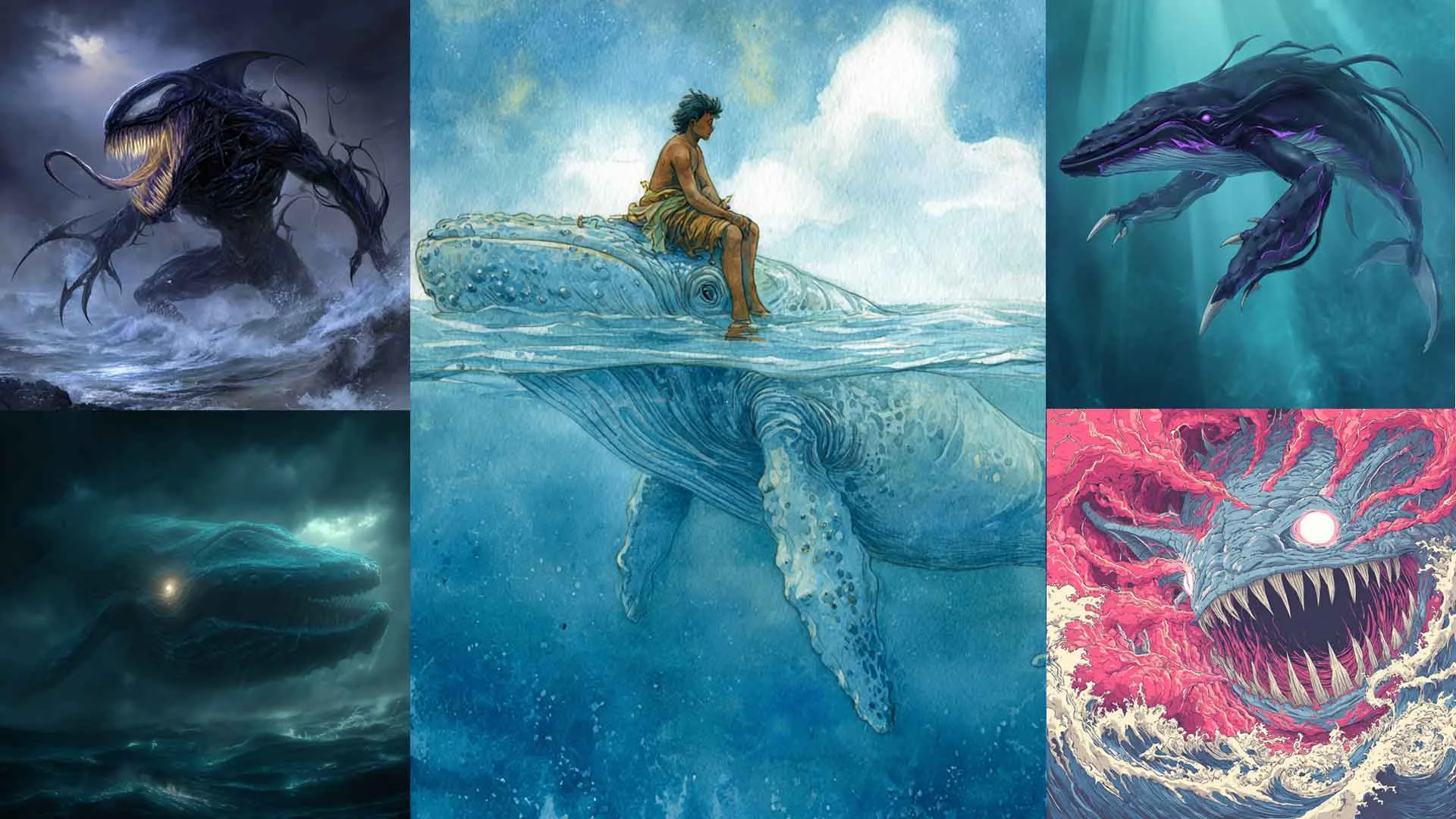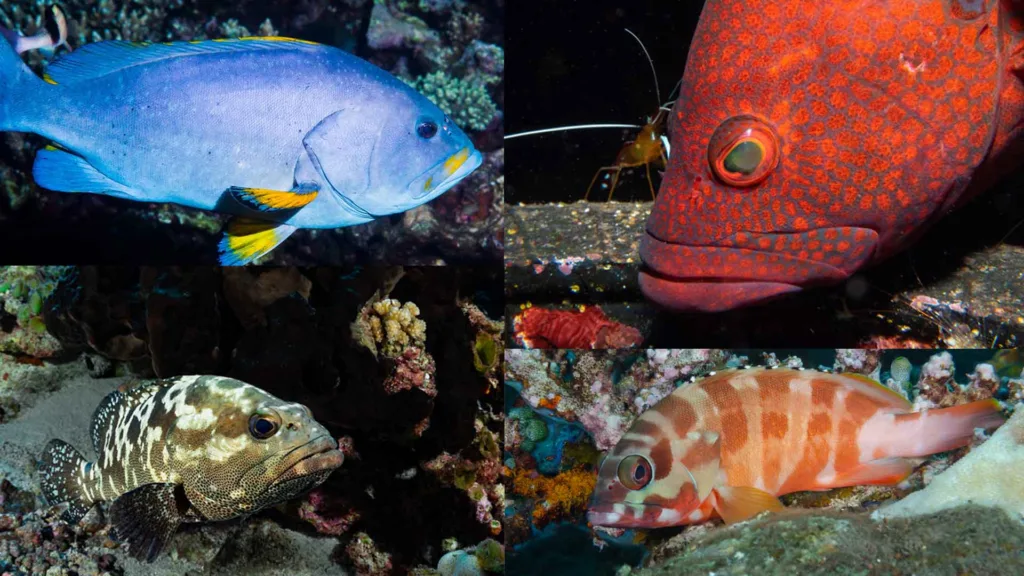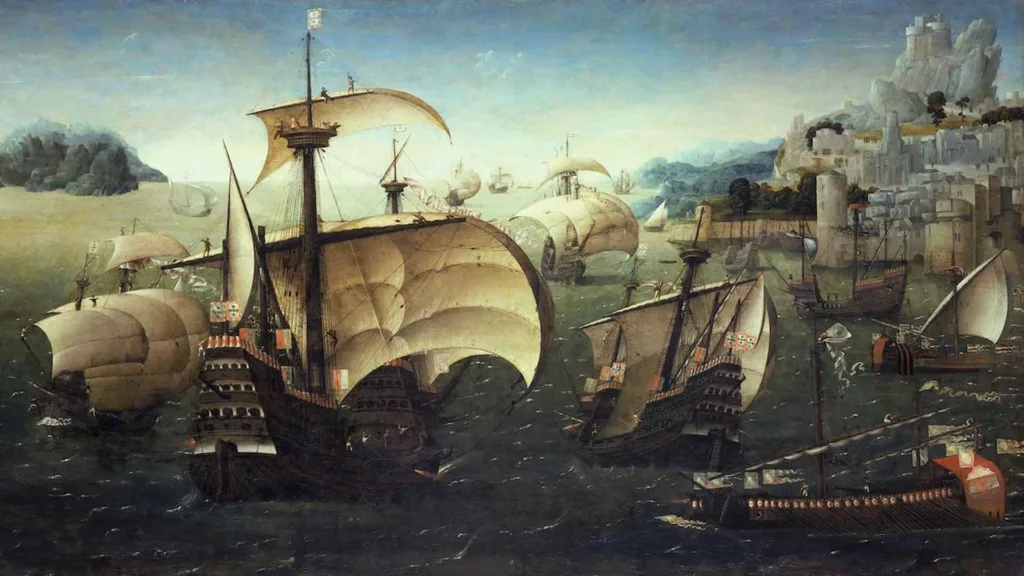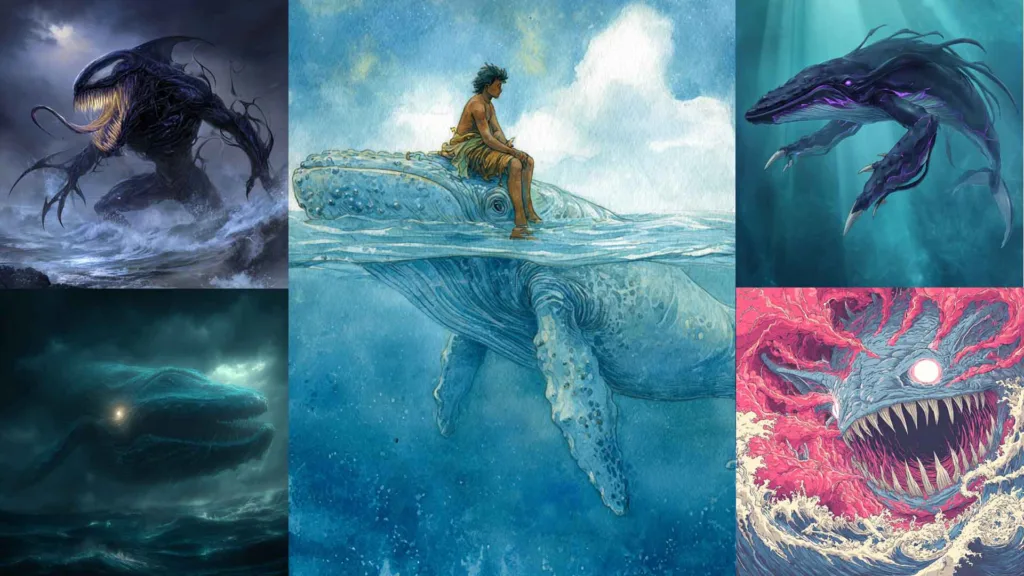
Everything from the natural world to the myriad creatures and mysteries that people face in their daily lives has a connection to human beings, mythology, folklore, culture, and tradition. Myths and folklore often originate from real-life events that cause people to feel confused, afraid, or unsure of themselves. The whale’s influence on many cultures around the world has resulted in a wealth of folklore and mythology. Some cultures believe in these folklores, while others believe whales are divine beings that bring peace and blessings. Some cultures, however, believe that whales are evil creatures.
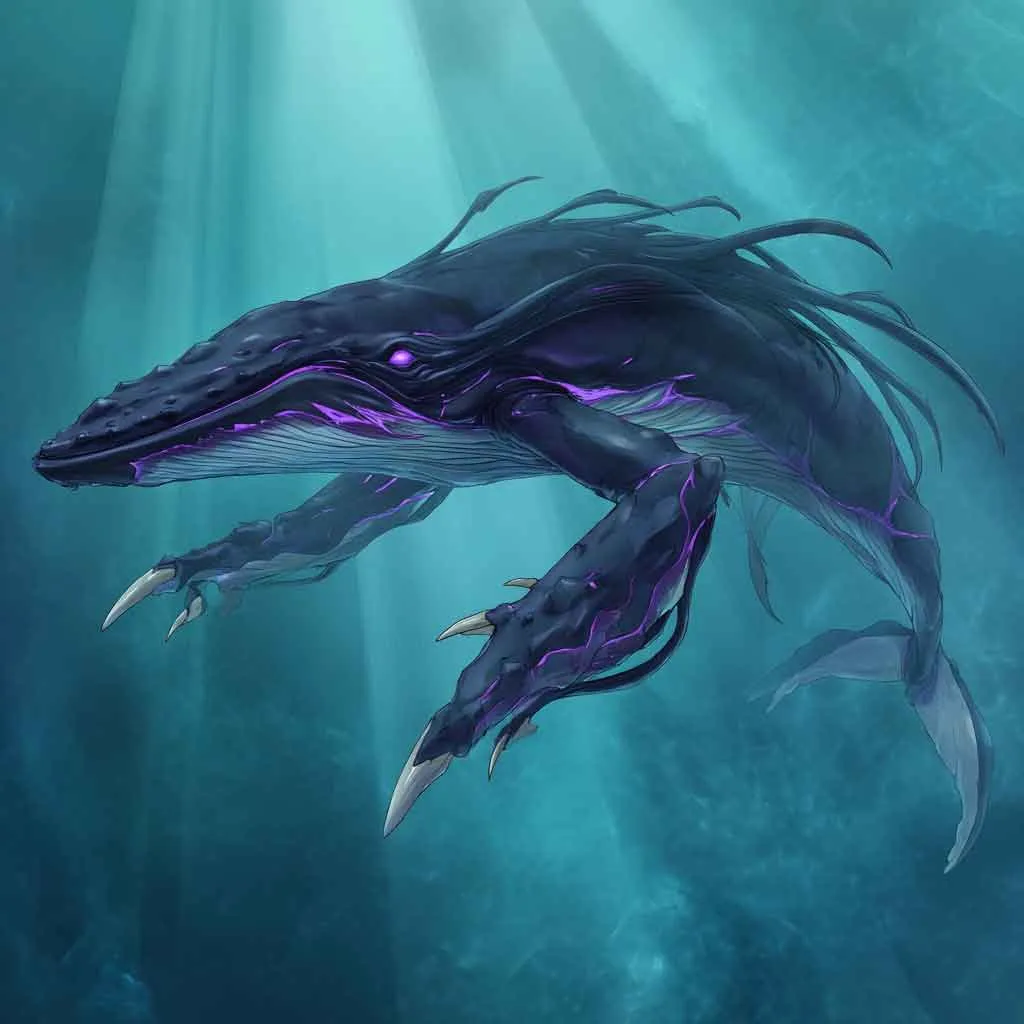
In the past, humans considered it a fish. It is a dominant creature in ancient stories all over the world. Many cultures around the world share these characteristics. For some cultures, the whale represents power, while others see it as a demon. Nevertheless, this illustrates its magnificent creation and enduring power as a symbol of transformation.
People revere it as a seafaring spirit or demon that transforms. Some cultures associate it with dragons, sea monsters, and giant fish. But it appears and stays as a constant reminder of how majestic and powerful whales are in our minds. In Hawaii, some people believed that whales were ocean gods. They guard the beach where whales have washed up. Some people in Egypt thought that some pharaohs were ocean goddesses and that whales were gods as well. When it comes to the magnificent deep seas, myths and folklore stem from large, creepy, and unknown creatures. Whales are among the largest creatures in the ocean. The Maldivian Ocean is home to these wonderful animals. Whale encounters and folklore are also part of Maldivian tradition.
The Man Who Lived with a Whale
A Maldivian folktale tells of a man who lived with a whale in the ocean for several years. The story has many versions. In one version, a fisherman and his friends sailed to sea at night in a small sailboat for fishing. While he was releasing his fishing line, a large fish struck the bait on his line, sending him into the sea. His friends did not notice that he had fallen into the sea. His friends on the boat searched the entire area in despair. However, according to the story, a large whale under the boat saw the drawing of a man and swam towards it, carrying him on its back as it travelled away.
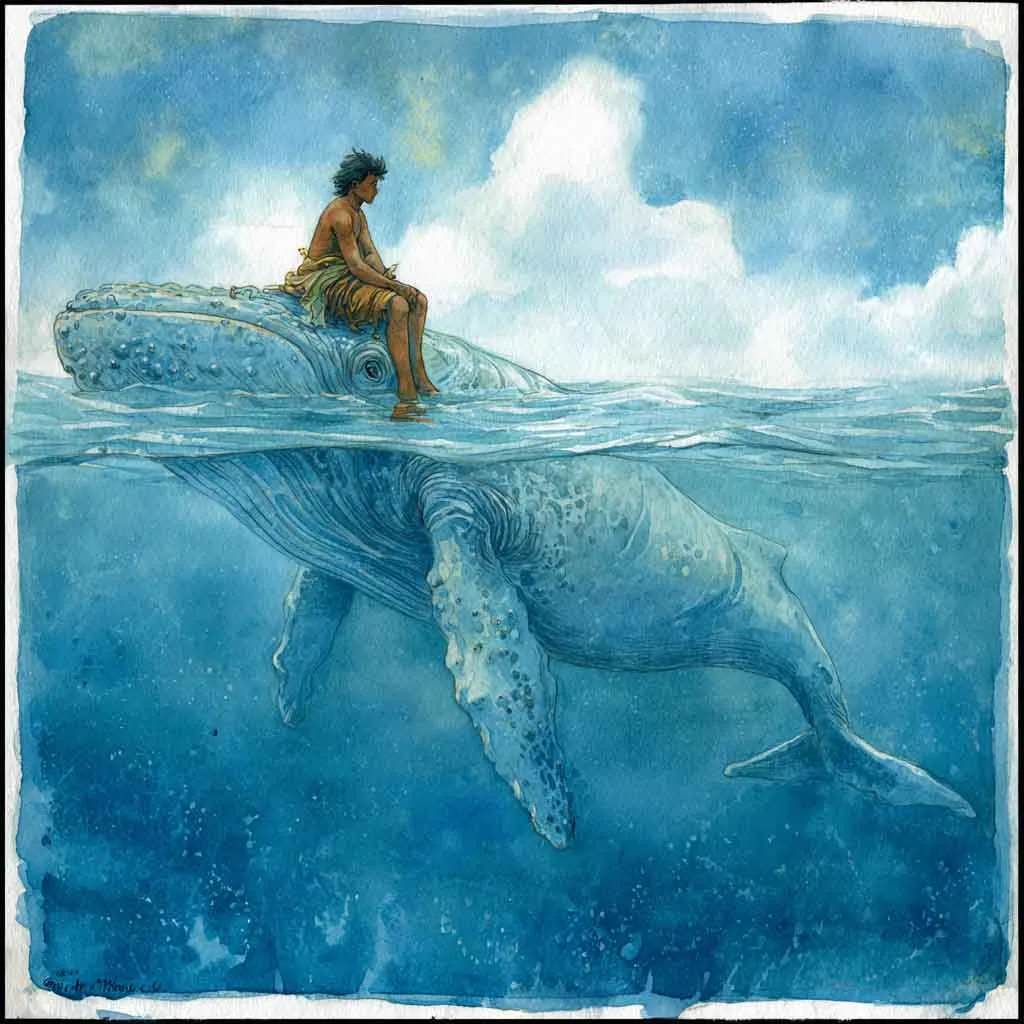
The whale rescued the man who lived with him. The man ate raw tuna, among other fish. According to the stories, the man learnt to fish with the whale’s swimming abilities. Many fishermen reported seeing a man riding on a whale’s back. But when the whale detects the presence of humans, it dived down and swam away from the fishing boats. The whale remained near the surface because it knew the man would otherwise suffocate. People who saw the man described him as being covered in barnacles and seaweed from the waist down.
The Spanish writer Xavier Romero-Frias wrote an interesting folklore story (in his book, Maldives Islanders) about a shark and a girl. In this story, the species is a large tiger shark. This story was about a girl drowning in the sea while attempting to fill a guli (a terracotta pot) on the beach of Fiori Island, Huvadhoo Atoll. When the tiger shark saw the scared and hopeless girl being swept out to sea by the current, it opened its huge mouth and ate her to save her. For many days, the girl remained inside the shark’s belly.
After several days, a group of fishermen from the Northern Maldives caught this shark using a strong fishing line. The shark revealed its belly to the fishermen when they tried to get it closer to the dhoani, a small fishing boat. However, the chief fishermen believed it was a sign of a human being inside the shark’s belly, so they rushed to the island. They cut open the belly of the shark and saw a girl holding the pot. She was unharmed, and the girl grew up on the island, eventually marrying the son of the chief fisherman.
A sacred knife crafted from the teeth of the ocean’s giant
Fanditha (sorcery) has been practiced since ancient times in the Maldives. There are prominent people who practise this, known as ‘fandithaverin’, who dress in distinctive outfits and carry special knives. One such knife is known as masdhaifiyohi. This knife was made from the teeth of a sperm whale. This weapon is a powerful ritual knife. Maldivians were not whale hunters, so they obtained teeth from a sperm whale that washed ashore.
Home to the legends of countless fictitious characters
In Maldivian folklore, there are numerous fictitious characters or demons associated with the sea and its various species. ‘Kandumathi elhun’ is a common phenomenon encountered by travellers and fishermen. This monster, or demon, causes problems for fishermen and seafarers. According to those who have witnessed this phenomenon, the creature takes many forms. In this encounter, a bright light is the beginning of trouble, and witnesses have reported seeing various shaped whales and large ray species. This trouble also includes rain and thunderstorms. Occasionally, the ship’s course deviates, causing the people on board to perceive a mirage. I included this character because it is said to take on many different forms. When the vessel enters shallow water, the situation improves and the monster disappears.

There is a sea monster named ‘Hadagathaana’. It lives in the open ocean, but mosnstet is also thought to live near the coast. If someone dies in the sea, their remains may appear in any form including large whales. Those who see it will be affected. The monster is said to be the spirit of someone who died at sea. It can transform into any sea creature. The monster or demon appears after stormy weather. People perform fanditha during this time of day, when the weather calms down and the swells are large. In Maldivian folklore, there are numerous fictional characters of sea monsters and demons.
